Akademik
Mempersiapkan mahasiswa untuk memberikan kontribusi yang berarti pada masyarakat, bangsa dan dunia

Mengapa Tel-U
Tel-U menjadi Perguruan Tinggi Swasta Terbaik di Indonesia yang telah terakreditasi Unggul dari BAN-PT

Tentang Program Studi
Terdapat 52 Program Studi terdiri atas Program Doktoral, Magister, Sarjana, Sarjana Terapan, dan Diploma

Berkuliah di Tel-U
Tel-U memiliki layanan sistem akademik berbasis digital yang telah terintegrasi untuk mendukung
Fakta Telkom University Jakarta
Fakta Telkom University Jakarta
Rekognisi
Sebagai Research and Entrepreneurial University. Telkom University terekognisi dengan:




Rekognisi
Sebagai Research and Entrepreneurial University. Telkom University terekognisi dengan:
Berita Terkini
Informasi terkini terkait Sivitas Akademika Telkom University Jakarta
Berita Terkini
Informasi terkini terkait Sivitas Akademika Telkom University Jakarta
TELKOM UNIVERSITY NATIONAL CAMPUS
Hadirkan Pendidikan berkualitas tinggi di seluruh penjuru negeri

Riset, Inovasi dan Entrepreneurial
Sebagai kampus Research and Entrepreneurial University, Telkom University berperan aktif dalam pengembangan teknologi, sains, dan seni berbasis teknologi dan informasi.
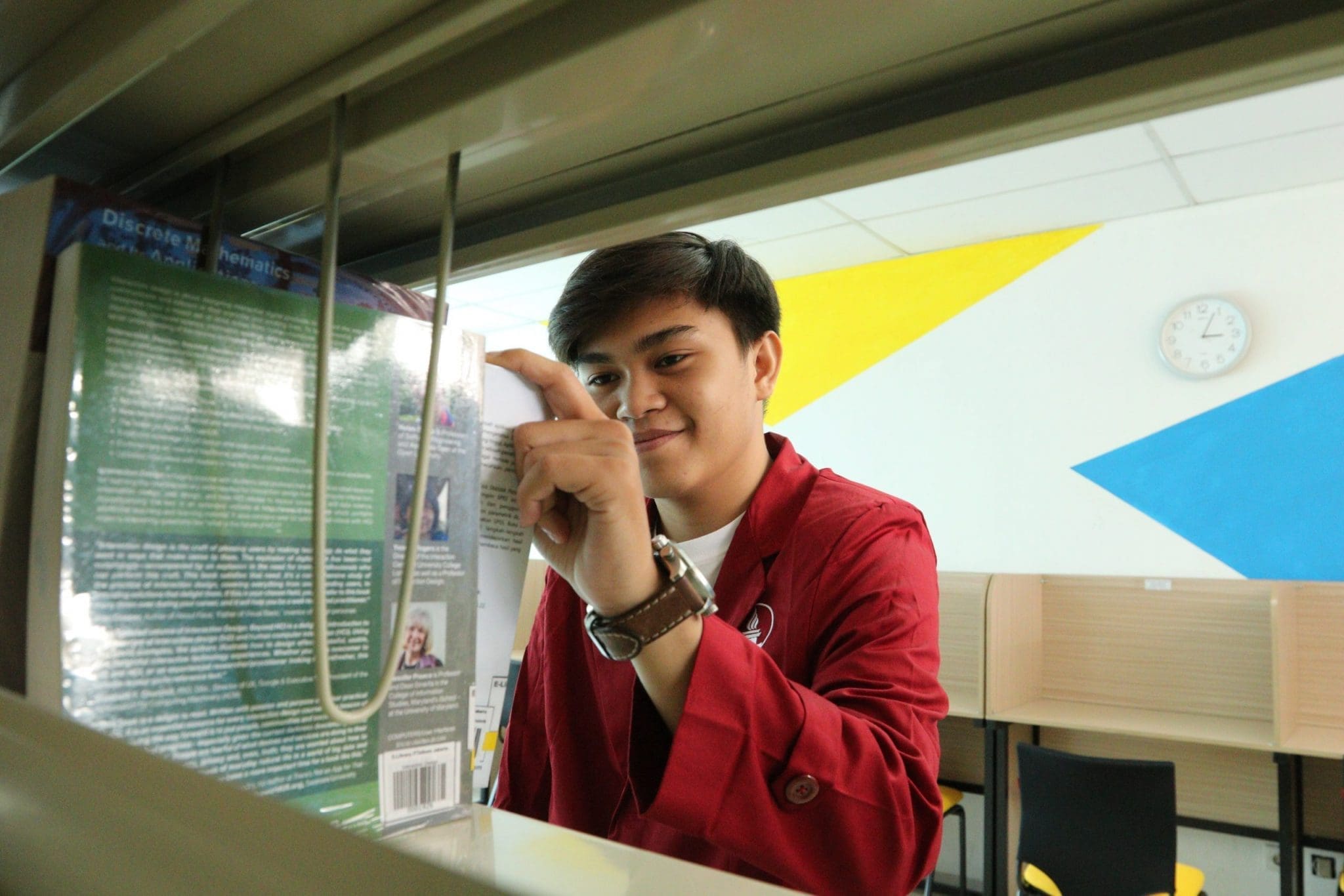
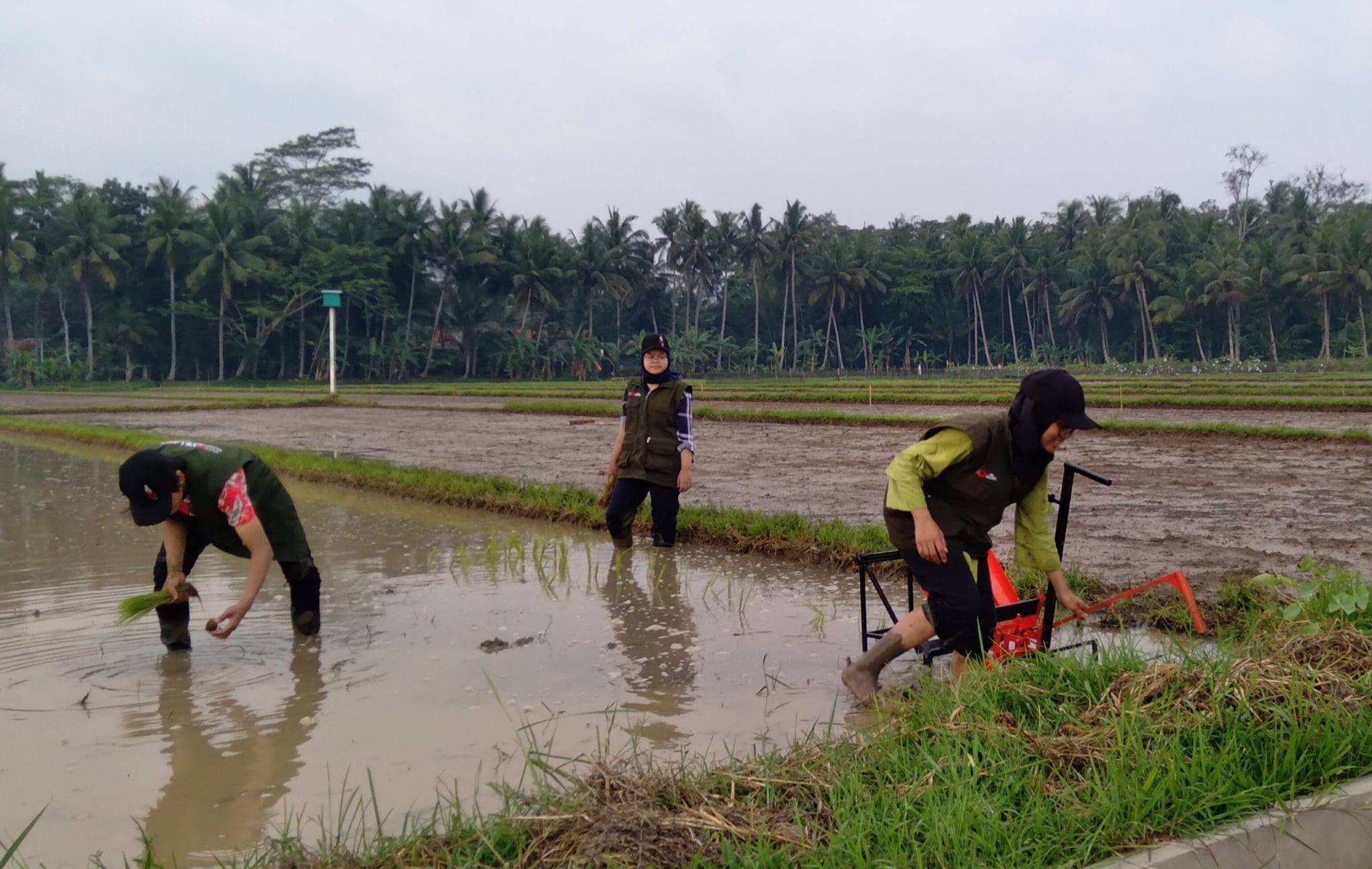

Kehidupan Kampus
Dalam rangka mendukung kegiatan akademik dan non-akademik mahasiswa, Tel-U mengeluarkan serangkaian kebijakan serta menyediakan berbagai fasilitas unggulan serta beragam unit aktivitas.

Telkom University Jakarta mengeluarkan beberapa kebijakan untuk menjamin integritas sivitas akademika Telkom University Jakarta.
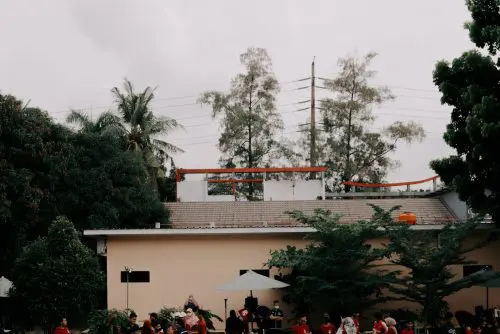
Telkom University Jakarta menyediakan beragam fasilitas unggulan untuk mendukung kegiatan akademis dan non-akademis mahasiswa.
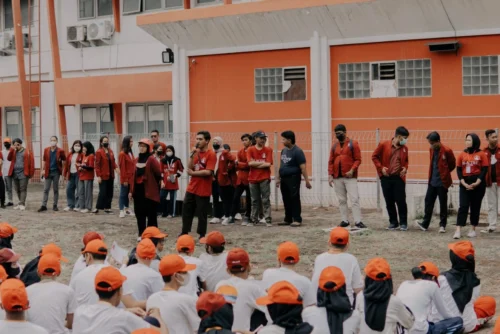
Total 10 Unit Kegiatan Mahasiswa yang dapat mendukung kegiatan mahasiswa di Telkom University Jakarta.

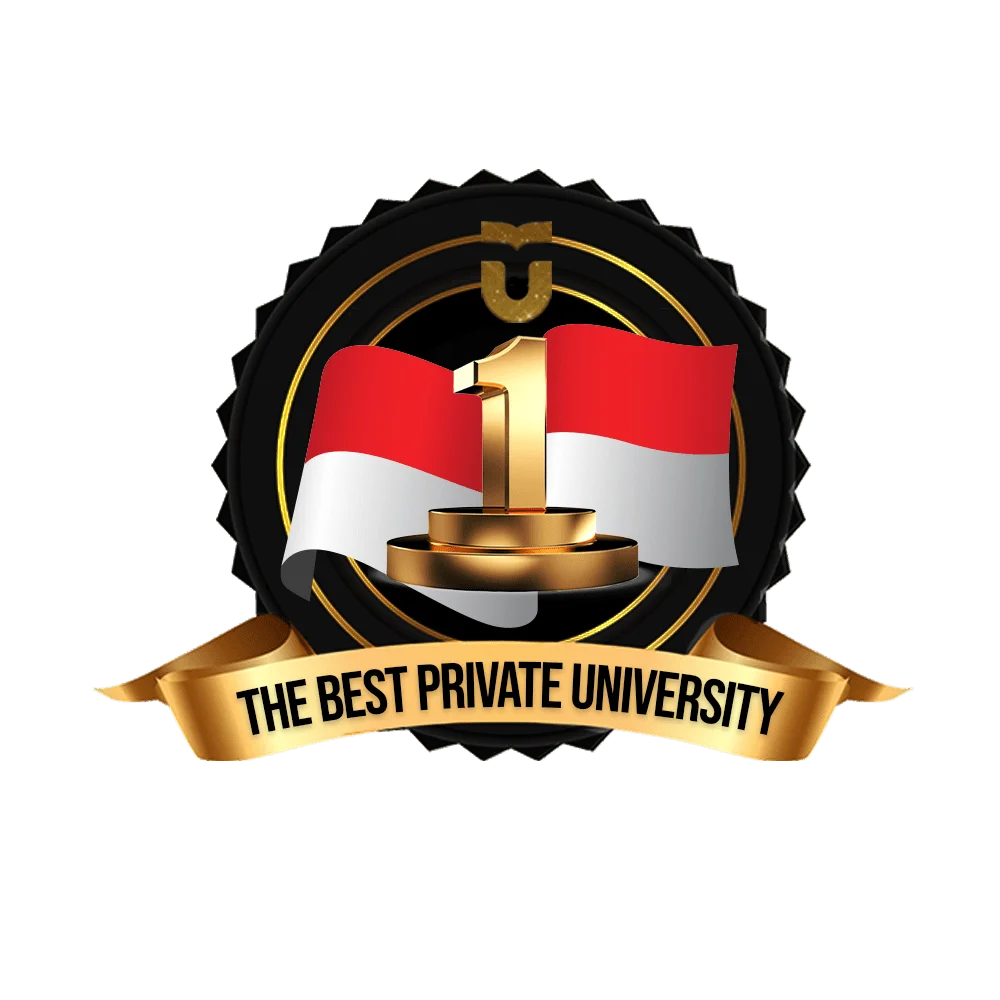
Event Terbaru
Dalam rangka mendukung kegiatan akademik dan non-akademik mahasiswa, Tel-U mengeluarkan serangkaian kebijakan serta menyediakan berbagai fasilitas unggulan serta beragam unit aktivitas.
22
Mar
2024Studium Generale “Usability Testing : How & Why?”
🎉Prodi Sistem Informasi Kampus Jakarta – Telkom University proudly present🎉 🎉STUDIUM GENERALE🎉 with the theme “Usability Testing: How and Why?” This seminar will be held on : 📅 Date : Friday, March 22 2024 ⏰…
- 14:0016:00
21
Mar
2024Webinar Glints x Tel-U Jakarta : Strategi Karir Gen-Z
Salam HEI Telutizen Jakarta Kali ini Unit Karir dan Alumni Tel-U Jakarta kembali berkolaborasi dengan Glints @glintsid untuk mengadakan Seminar yang bermanfaat agar lebih mempersiapkan kamu dalam menghadapi dunia kerja. Kegiatan ini bertemakan “Strategi Karir Gen-Z:…
- 14:0016:00
15
Mar
2024Studium Generale “Finance Freedom 101”
STUDIUM GENERALE “Financial Freedom 101” HEI TelUtizen Jakarta!✨ 🎉Prodi Sistem Informasi Kampus Jakarta – Telkom University proudly present🎉 🎉STUDIUM GENERALE🎉 with the theme “Financial Freedom 101: Menuju Generasi Z yang Lebih Baik dalam Mengelola Keuangan”…
- 13:0015:00
Event Terbaru
Dalam rangka mendukung kegiatan akademik dan non-akademik mahasiswa, Tel-U mengeluarkan serangkaian kebijakan serta menyediakan berbagai fasilitas unggulan serta beragam unit aktivitas.
22
Mar
2024Studium Generale “Usability Testing : How & Why?”
🎉Prodi Sistem Informasi Kampus Jakarta – Telkom University proudly present🎉 🎉STUDIUM GENERALE🎉 with the theme…
- 14:0016:00
21
Mar
2024Webinar Glints x Tel-U Jakarta : Strategi Karir Gen-Z
Salam HEI Telutizen Jakarta Kali ini Unit Karir dan Alumni Tel-U Jakarta kembali berkolaborasi dengan…
- 14:0016:00
15
Mar
2024Studium Generale “Finance Freedom 101”
STUDIUM GENERALE “Financial Freedom 101” HEI TelUtizen Jakarta!✨ 🎉Prodi Sistem Informasi Kampus Jakarta – Telkom…
- 13:0015:00
@telkomuniversity_jkt
116 Posts 13.6K Followers





























